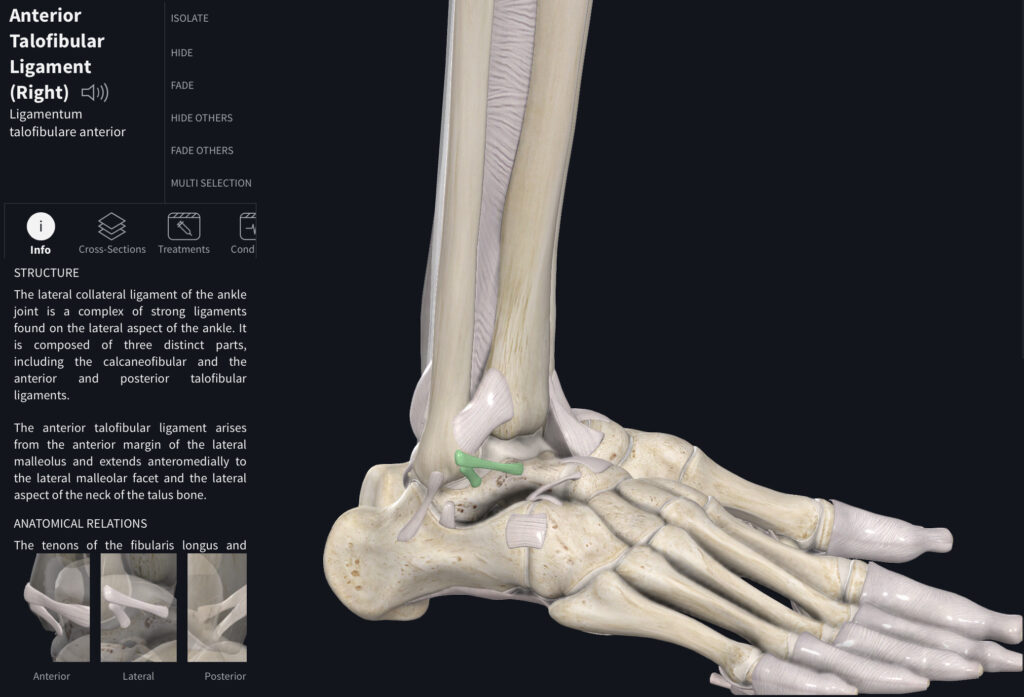Ankle sprains are a common injury in active people, affecting an estimated 2 million people each year, with 70% resulting in residual disability or chronic ankle stability. Because ankle sprains are so common, they are rarely evaluated by a qualified professional.
Ankle sprains are caused by an overload of force on the ligaments and muscles that provide stability to the foot. When an injury occurs, the body goes through a natural healing process. Stage of inflammation, with swelling and fluid present. Proliferative phase characterized by the formation of new tissue and the repair of damage. Finally, the Remodeling phase is in charge of strengthening tissue fibers. This happens regardless of how badly the ankle is damaged, but the outcome may not be ideal depending on the rehab strategies used. Many people believe that because the pain has gone away and the ankle can move for their activity, the ankle has healed on its own. Most ankle sprains, however, have a 12-47% percent chance of becoming a secondary ankle sprain.
This can be explained by the absence of a rehabilitation plan. Our goal after an injury should be to improve ankle stability, balance, deceleration control, and our ability to multitask. Practicing these skills can improve our overall body awareness and reduce our risk of re-injury. The short answer to the question “can an ankle sprain heal itself?” is yes, but not to the level required for an active individual to function at a high level unless individualized rehabilitation is provided.
How to prevent ankle sprains
Ankle sprains are a common injury seen across all sports, they can be categorized as a low or high ankle sprain with eversion or inversion mechanism of injury. Inversion sprains can be described as an injury occurring with the sole of the foot going in. Eversion ankle sprain can be defined as the sole of the foot going out. Preventing ankle sprains can be broken down into 3 categories
- Balance
Most ankle sprains occur during the single leg stance when one leg takes the majority of the bodies weight. Improving our ability to balance on one leg and dual task with our eyes as seen in actual games leads to better balance and stability. This improved balance allows us to better catch ourselves during the unpredictable that happens during activity.
- Ankle stability
Ankle stability can describe as our ability to prevent eversion and inversion rolling of the ankle. We can achieve this by improving strength surrounding the ankle, two top muscle groups to target are plantarflexors, the soleus and gastrocnemius better know as the “calf muscles” and our fibularis muscle group located on the outside of the foot and leg. Providing strength to these muscle groups will provide stability to the ankle during our moments of uncertainty when our balance fails.
- Deceleration control
The ability to control our body and decelerate when landing leads to healthy ankle. This can be found with eccentric control. Eccentric control can be described as contraction of the muscle while lengthening, serving as the brakes of a movement. For example, imagine jumping up in the air, landing with bent knees and bent ankles. The glutes and quads are continually lengthening slowing down our fall, this can be described as an eccentric contraction
Why does the side of my ankle hurt
Following a sprained ankle the most affected area Is the side of the ankle as there is initial damage to the lateral ligaments. The lateral ligaments are composed of the anterior-taliofibular ligaments and calceneofibular ligament as seen below. They are responsible for preventing a lateral ankle sprain along with the fibularis muscle group.


When outside forces become too much for ligament and muscular control, results in injury to the lateral ligaments known as an ankle sprain. Damage to the lateral ligaments occur along with increased fluid and swelling are graded in 3 categories.
- Grade 1 – minimal damage to the lateral ligaments (less than 25%)
- Grade 2- Moderate damage to the lateral ligaments (25%-50%)
- Grade 3- Severe damage to the lateral ligaments (50%- 100%)
How long until I am fully recovered from my Ankle sprain.
The damage done from an ankle sprain first must be accurately diagnosed to determine the timetable for return. Depending on the grade of the ankle sprain and loss of function an accurate timeline can be developed by your Physical Therapist. They will be able to create a plan of care testing strength, balance, and range of motion of the ankle to help return the individual to their sport or activity.


